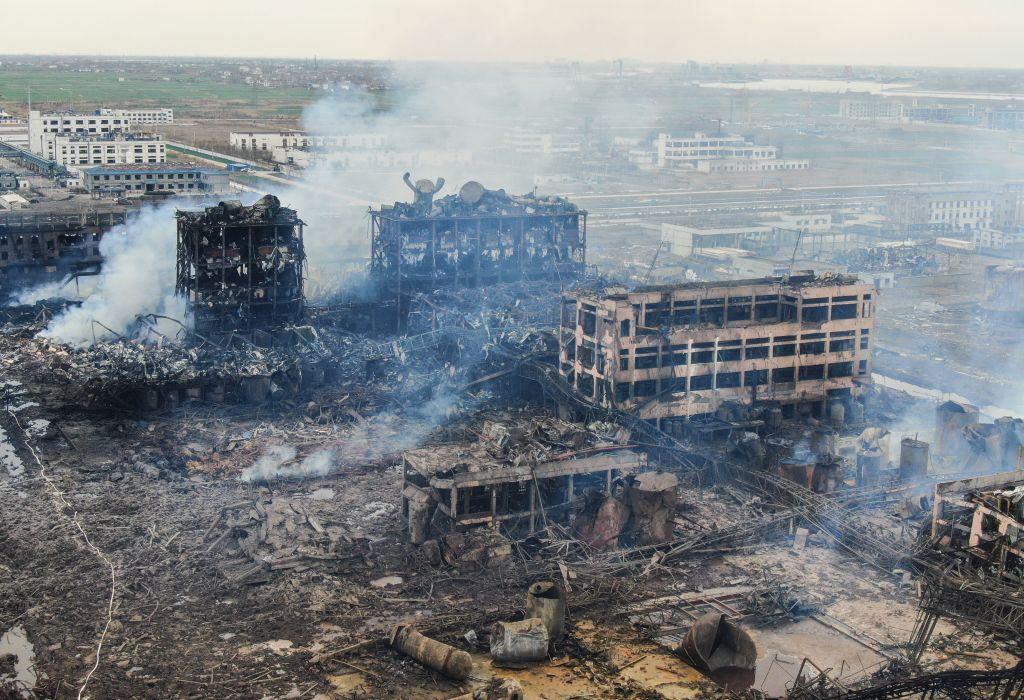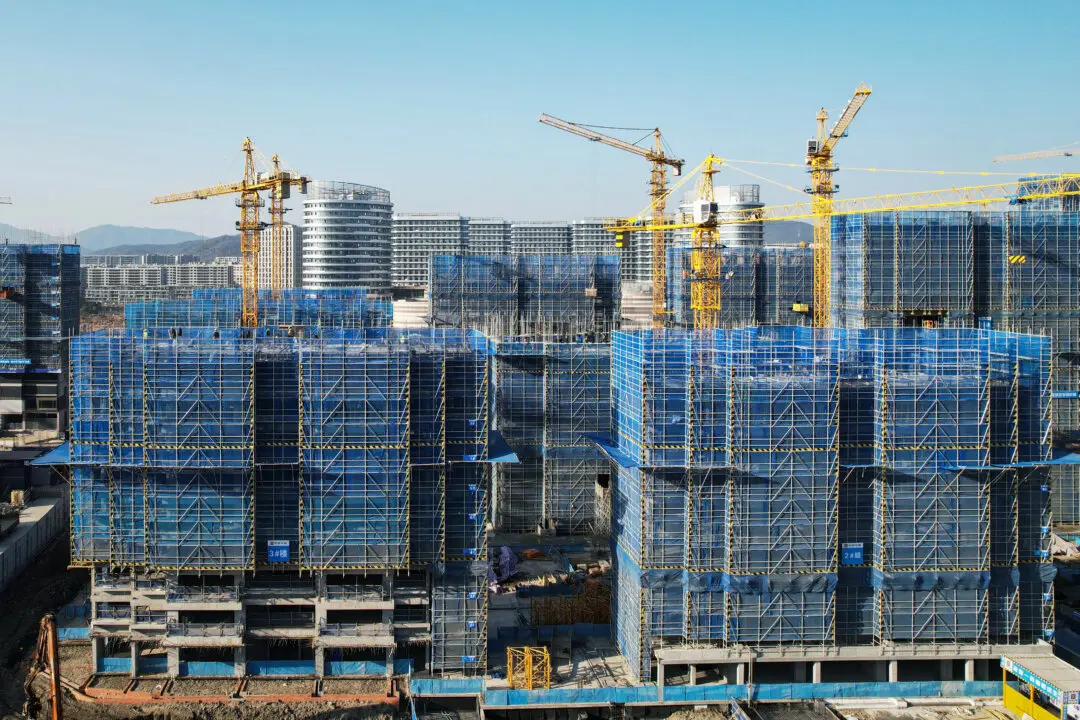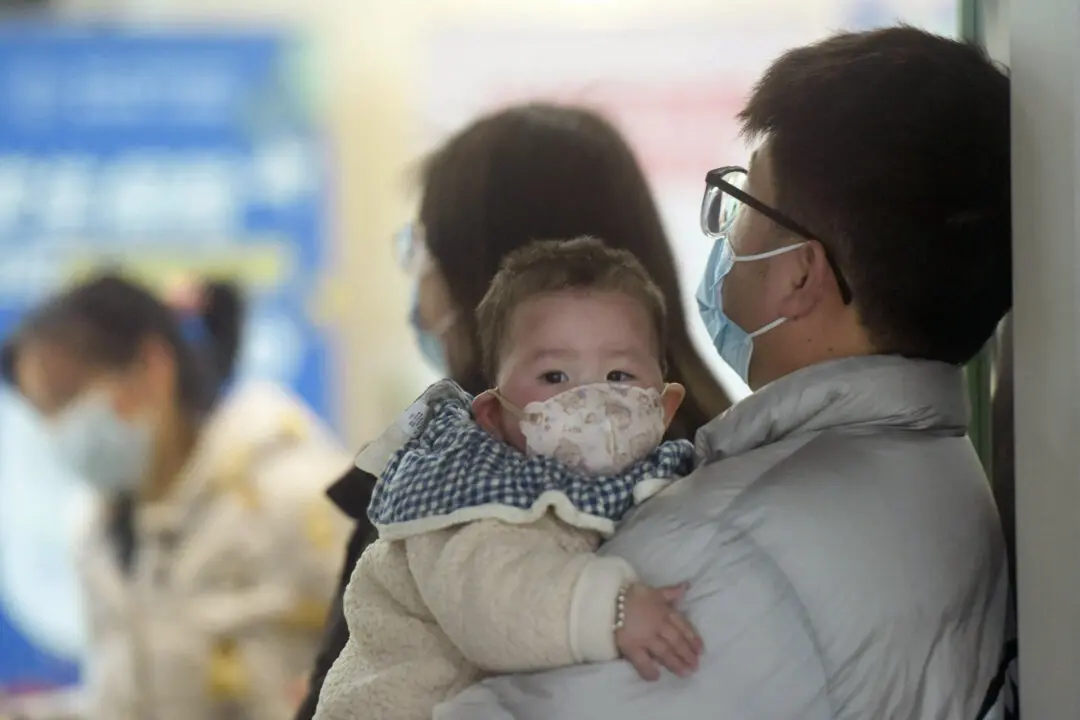Local authorities have decided to shut down a chemical industrial park in Jiangsu Province, eastern China, after 78 people were killed by a chemical explosion at one of the park’s onsite factories on March 21, one of the worst industrial accidents to occur in the country in recent years.
According to Chinese media, the municipal government of Yancheng, where the industrial park is located, made the announcement on April 4.





